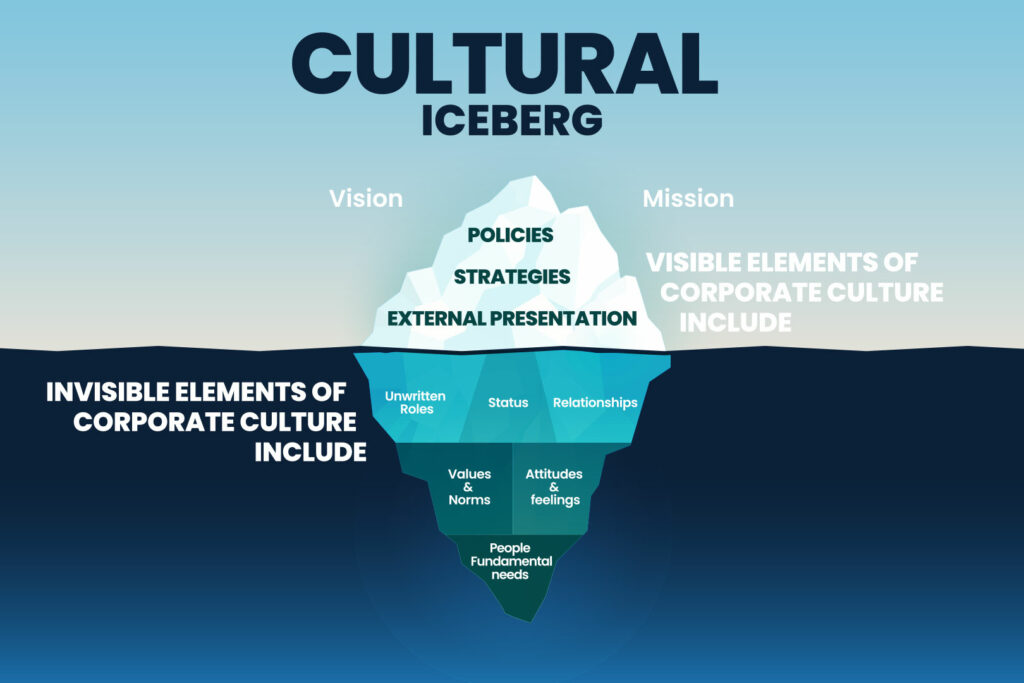
Striving for a more environmentally conscious, socially ethical and governance methodology for a supply chain may seem like a huge hurdle to overcome. In fact, Environmental, Social and Governance (ESG) is not a specific target, goal or outcome but more of a journey of setting a strategy and embedding a philosophy and culture into the organisation at its core and then executing against it.
In this article, we outline a structure and approach that help you start the ESG journey and then address the challenges of the day-to-day management of the programme, empowered by data and technology.
Crack the Code
Like most large-scale organisational transformations, the ESG challenge doesn’t start at a departmental level, moreover, it begins at the board or C-suite level and its success relies upon there being a singular vision for the company. This guiding philosophy is then translated into divisional, regional, departmental and team levels in order to achieve it.
Many companies are starting to recognise the importance of having a “cultural code” or “code of conduct” that serves as a framework for ethical decision-making. It’s a sense-check basis for employees to use as an operational manual – not task by task necessarily, but an overall mantra and philosophy that helps guide their work. It offers a the underpinning of a “why” we do what we do to the “what” we’re doing to achieve it.
This culture code isn’t just an internal document either, it can be used as a marketing communications strategy to help position your company and offer a significant differential to your competitors. This helps on four fronts, both internal and external:
- Employees – have a sense of purpose and belonging and a go-to set of reasoning for making decisions.
- Customers and Consumers – can feel like their values are aligned with your company’s values hopefully turning them into loyal return buyers, deepening bonds and evangelising your approach.
- Stakeholders – whether investors or shareholders, there has been a surge in ESG interest in the funding of businesses as business leaders start to consider people and the planet alongside pure profit.
- Suppliers – having a clear code of conduct or cultural statement helps suppliers know where they stand too. They’ll get to know what’s important to you, work to help you achieve it and therefore benefit from the mutual successes this level of clarity and transparency brings.

Set the Course
Once the organisation has designed the code of conduct as a foundation and disseminated it to the supply chain function – a quiet moment of reflection has to translate these abstract goals into action. How do we take a nebulous aim and turn it into a concrete strategy and definitive objectives?
This is where we believe in the power of data to make the necessary decisions. But first, the strategy has to be distilled into SMART objectives so that you can begin to understand what data and metrics you need in the first place, what you have or don’t have – then putting together a programme to collect or analyse it.
We’re biased of course, but doing this via emails and excel sheets is an incredibly laborious way to complete the task – a cloud-based supplier master data system like SourceDogg, where you can manage all supplier communication and offer a self-serve input system is massively more productive. It’ll leave your team to do what they’re best at, filling in gaps, identifying and analysing the data and not just being stuck in the admin busywork stages of the organisational change.
It should speed up the whole process too – which will delight the stakeholders up the hierarchical ladder and hopefully convince your clients and customers that you’re not just “all talk and no action!”
Socially Savvy
Whereas much of the ESG challenges in many industries is, rightly or wrongly, focused on the Environmental aspect and more specifically carbon emissions – the remaining two letters of the acronym shouldn’t be ignored.
Although a little more difficult to assess using quantitative data, the supply chain team has to ensure that labour practices are also captured in their system and used in the decision-making processes too.
Although more qualitative, this data can still be captured in a system like SourceDogg by creating taxonomies around health and wellbeing, pay and other such factors in deciding what a “good” supplier who is in line with the ESG vision looks like. In practice, this could be getting suppliers to upload their employment statements and HR policies that cover safety, hygiene, equitable pay, grievance procedures and dispute resolution methods. There are also options for making suppliers complete training on or agree to standard terms and conditions via questionnaire completion around child labour or anti-slavery statements that are rooted in law.
Strengthen Governance
As part of the ESG challenge, there should also be the embedding of a governance system by which the organisation is controlled and operates, and the mechanisms by which it, and its people, are held to account.
Essential for auditing, the governance system ensures that the procedures are being followed to the letter.
If a client should demand an audit and you’re stuck in a messy paper trail to try and find that one document that you’re **absolutely sure** the supplier signed but it was handled by a colleague who has now left and wasn’t a particular fan of inbox organisation then the whole system falls apart.
This is why a central, single source of truth like SourceDogg helps your organisation. Not only is it easier to collect the information and then see where you’re at in the collection process through easy-to-analyse exports or dashboards – it saves a huge amount of admin time and minimises risks and errors. You’ll eliminate audit anxiety and only deal with suppliers who tick all the boxes to satisfy the ESG criteria you’ve laid out. The extensive logging will also track when, where and by whom changes were made, ensuring accountability and strengthening your paper trail digitally.
Training & Compliance
The final part of the jigsaw puzzle is to make sure the supply chain team is trained on the external influences and laws that drive much of the ESG agenda – from emissions to money laundering, from competition law to the modern slavery act, knowledge is power. This knowledge can then be used to adapt their systems and processes, identifying any risks and potential blind spots that can lead to huge compliance issues and significant financial penalties.
The supply chain team has to be empowered to modify its approach, backed up by flexible systems that allow for changes in demands based on new management directives or government mandates.
A supply chain management system like SourceDogg allows for this to be a simple process backed up by our dedicated customer success team. It shouldn’t be arduous and feel like you’re starting from scratch to ask a supplier base for new information.
Worth the Investment
The ESG trend doesn’t seem to be abating and more of our clients and prospects across a great number of industries are starting to see ESG as an opportunity rather than a challenge. It is important to recognise however that this isn’t a fit-and-forget solution but instead something that is built on a cultural code and then executed as an ongoing continual improvement process.
Achieving seemingly massive, new and abstract goals are all the more difficult if you’re relying on old systems to achieve innovative outcomes. We’d love to show you how SourceDogg could help you translate ESG strategies into real, tangible improvements across the ESG spectrum a personalised demo of our supply chain software platform.





